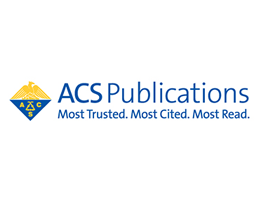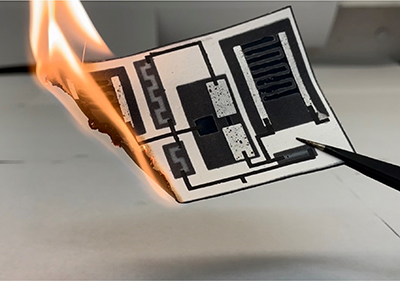FOR IMMEDIATE RELEASE
“Targeted and Suspect Screening of Per- and Polyfluoroalkyl Substances in Cosmetics and Personal Care Products”
Environmental Science & Technology

Smooth, foamy, water-proof. These characteristics are extremely desirable in beauty products, but manufacturers sometimes use ingredients that contain fluorine — including potentially harmful per- and polyfluoroalkyl substances (PFAS) — to achieve them. Now, researchers reporting in ACS’ Environmental Science & Technology show that some cosmetics and personal care products labeled as having fluorinated components also contain PFAS, whether or not these “forever chemicals” were listed as ingredients.
Although the most concerning PFAS are no longer used in many beauty products, in some cases they’ve been replaced with other classes of PFAS that have unknown health and environmental impacts. And a recent study found that numerous cosmetics in the U.S. and Canada still contain these substances. However, it’s unclear whether these compounds are in personal care products, such as creams, cleansers, shampoos and shaving creams. So, Amy Rand and colleagues wanted to examine a variety of beauty products that listed fluorinated components in their formulations for the presence of PFAS.
In 2020 and 2021, the team purchased 38 beauty products available from local stores in Canada and online that contained organofluorine compounds and analyzed them for older types of PFAS. All of the samples had measurable levels of PFAS, but some of the detected compounds weren’t listed as ingredients in the products. The levels found in personal care products were generally lower than in cosmetics. And the team identified that two foundations, labeled with terms similar to “water-proof,” had high levels of total PFAS, one of which had thousands of parts per million (ppm), a level that exceeds proposed Canadian PFAS regulations.
Then, the researchers took a subset of the purchased items and screened them for over 200 additional PFAS, including the emerging classes that are replacing legacy compounds. One emerging class — monohydrogen substituted perfluoroalkyl carboxylic acids — was found in 30% of the subset with amounts from less than one ppb to hundreds of ppb. During this analysis, they also found a variety of structurally diverse PFAS that didn’t appear to be related to the PFAS originally added to the products, which the researchers suggest could be the result of product ageing or contamination from impurities in raw materials. These results show the diversity of PFAS compounds, and the wide ranges of their amounts, present in some cosmetics and personal care products currently sold in Canada, but the researchers say more work is needed to understand where unexpected PFAS come from.
The authors acknowledge funding from multiple Natural Sciences and Engineering Research Council (NSERC) Discovery Grants, the Canadian Foundation for Innovation (CFI) John R. Evans Leaders Fund and the Fonds de recherche du Québec — Nature et technologies.
###
The American Chemical Society (ACS) is a nonprofit organization chartered by the U.S. Congress. ACS’ mission is to advance the broader chemistry enterprise and its practitioners for the benefit of Earth and all its people. The Society is a global leader in promoting excellence in science education and providing access to chemistry-related information and research through its multiple research solutions, peer-reviewed journals, scientific conferences, eBooks and weekly news periodical Chemical & Engineering News. ACS journals are among the most cited, most trusted and most read within the scientific literature; however, ACS itself does not conduct chemical research. As a leader in scientific information solutions, its CAS division partners with global innovators to accelerate breakthroughs by curating, connecting and analyzing the world’s scientific knowledge. ACS’ main offices are in Washington, D.C., and Columbus, Ohio.
To automatically receive press releases from the American Chemical Society, contact newsroom@acs.org.
Note: ACS does not conduct research, but publishes and publicizes peer-reviewed scientific studies.





